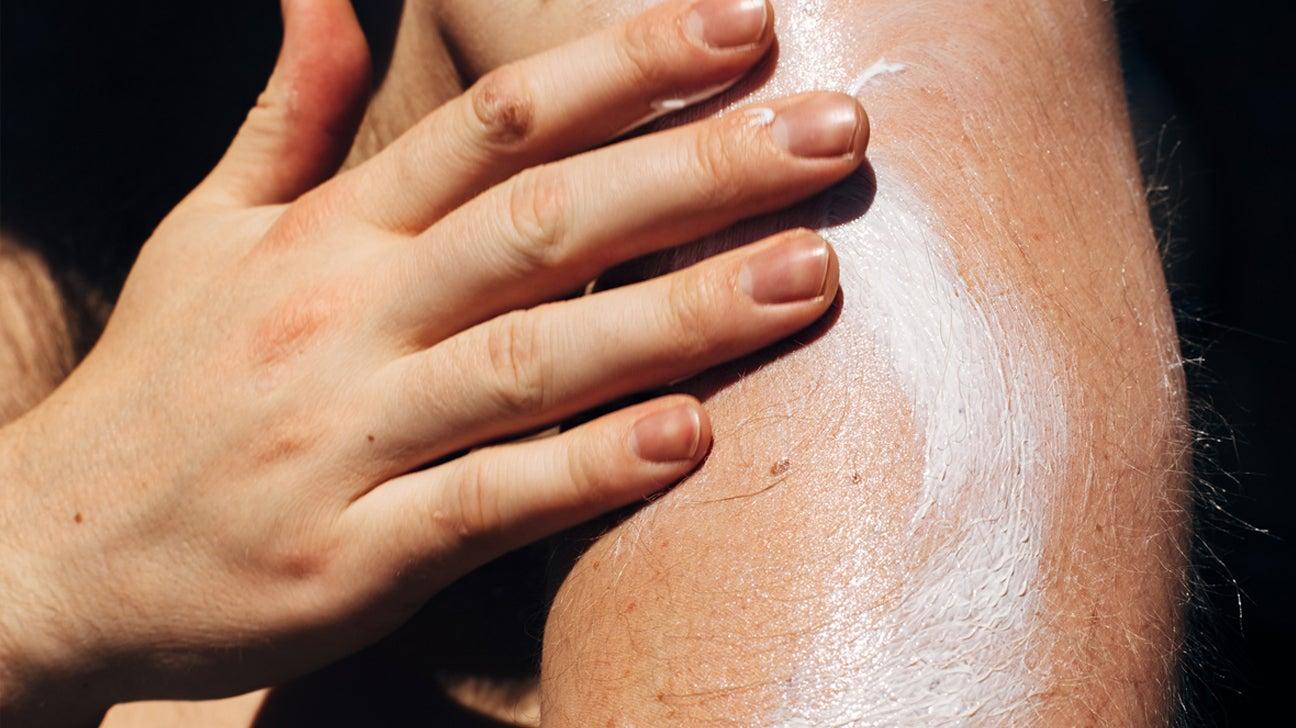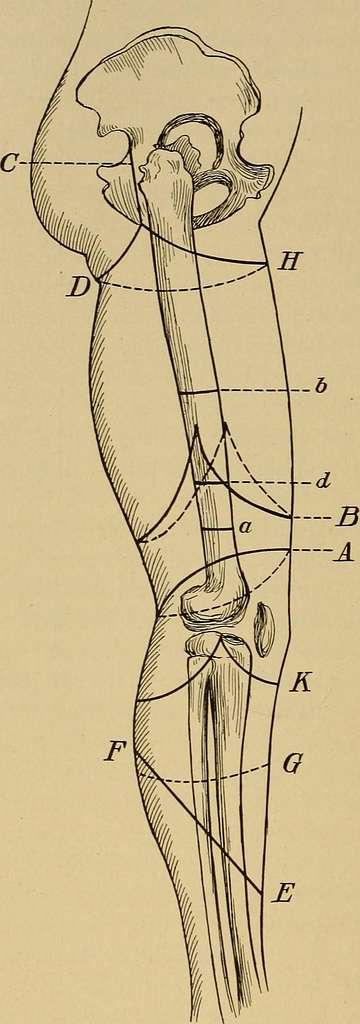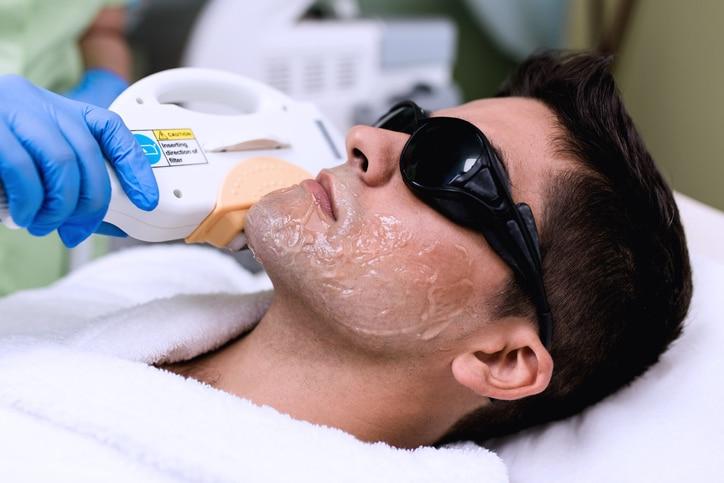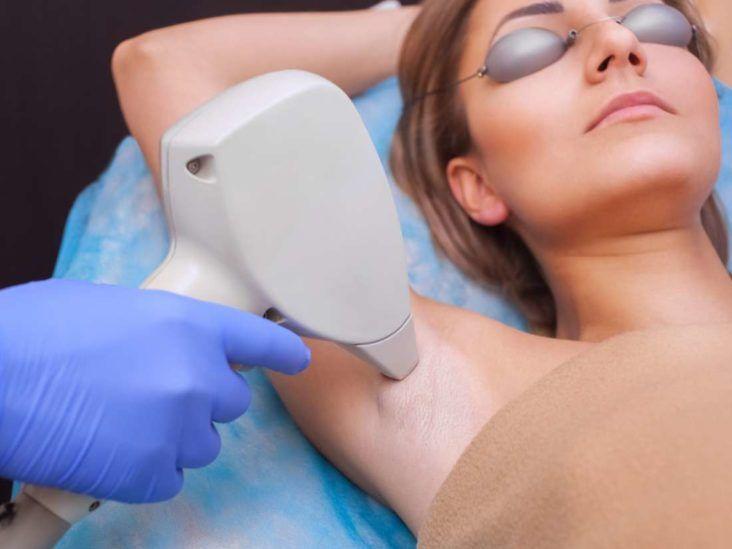Imagine waking up to a world where your mornings aren’t punctuated by the buzz of razors, the sting of waxing strips, or the endless chore of plucking those stubborn little hairs. Yes, we’re delving into the realm of laser hair removal, where promises of silky-smooth skin are no longer a dream but a reality. But wait a minute – what about those moles and birthmarks dotting your skin like a celestial roadmap? Should they affect your decision to opt for laser treatments? Fear not, dear reader! Join us as we embark on an illuminating journey through the ins and outs of laser hair removal, unraveling truths, debunking myths, and addressing that crucial question: “Mole-y or Not?” Your smooth-skin safari officially begins here!
Table of Contents
- Understanding Your Skin: What Moles Mean for Laser Hair Removal
- Safety First: Precautions Before You Start
- Choosing the Right Clinic: Expert Tips and Advice
- Post-Treatment Care: Ensuring Smooth and Healthy Skin
- Long-Term Benefits: Why Laser Hair Removal is Worth It
- Q&A
- Key Takeaways

Understanding Your Skin: What Moles Mean for Laser Hair Removal
When considering laser hair removal, it’s essential to have a clear understanding of how moles can impact the process. Moles, those little spots on your skin, come in various shapes and sizes, and each type may require different considerations during treatment. Here’s how the presence of moles can influence your laser hair removal journey and what you need to know to ensure effective and safe results.
Firstly, it’s important to distinguish between the different types of moles. Some common types include:
- Congenital moles: Present at birth, often larger in size.
- Acquired moles: Develop after birth, usually smaller and more numerous.
- Atypical moles: Irregular in shape or color, could indicate potential health concerns.
When undergoing laser hair removal, moles are typically covered with a white marker or a similar protective tool. This precaution ensures the laser targets only hair follicles and not the mole pigment. In some cases, it might be wise to avoid laser treatment on moles altogether.
Here’s a quick guide to understanding the implications of having moles during the laser hair removal process:
| Type of Mole | Laser Hair Removal Considerations |
|---|---|
| Congenital | Consult your dermatologist; large moles may require special handling. |
| Acquired | Generally safe with protection; always inform your technician. |
| Atypical | Seek medical advice before proceeding; may need to avoid treatment. |
By understanding how your specific moles interact with laser technology, you can achieve the best results while maintaining skin health. Always consult with a qualified professional who can provide personalized advice based on your skin’s unique characteristics.
Safety First: Precautions Before You Start
Before embarking on your laser hair removal journey, it’s crucial to take some preliminary precautions to ensure a safe and effective experience. First and foremost, **consult a certified dermatologist**. They can guide you on whether laser hair removal is suitable for your skin type and hair color. Additionally, they’ll help you understand how moles on your skin might be treated during the procedure. Ignoring this step could lead to complications, so it’s not one to skip over lightly.
Here’s a handy list to keep in mind:
- **Patch Test:** Request a patch test to check your skin’s reaction to the laser. It’s a small sample procedure that can save you from potential adverse effects.
- **Avoid Sun Exposure:** Tanned skin is more susceptible to burns from the laser. Make sure to avoid direct sunlight for at least two weeks before your appointment.
- **Shave the Treatment Area:** Shaving the area to be treated will make the laser more effective. Do this a day before your appointment to avoid skin irritation.
- **Disclose Medications:** Some medications can make your skin more sensitive. Inform your technician of any drugs or supplements you’re taking.
When it comes to moles, **special precautions are necessary**. Moles contain more melanin than the surrounding skin, which means they can absorb more laser energy. This has the potential to cause burns or changes in the appearance of the moles. To mitigate this risk, technicians often darken moles with a white marker or cover them with a protective material so that the laser can bypass them.
| Skin Type | Precautions |
|---|---|
| Fair | Minimize sun exposure; use SPF 50+ |
| Medium | Ensure shaved area is clean; hydration |
| Dark | Consult dermatologist for skin-specific tips |
Lastly, stay **hydrated and nourished**, as well-nourished skin responds better to laser treatment. Avoid alcohol and caffeine on the day of your procedure, as they can lead to increased skin sensitivity. By following these guidelines, you’ll be on your way to a safer, smoother laser hair removal experience, ready to unveil the beautiful, mole-y (or not) skin that lies beneath!
Choosing the Right Clinic: Expert Tips and Advice
Finding the ideal clinic for laser hair removal can feel overwhelming, but a few key factors can simplify this decision-making process. Start by **ensuring the clinic is accredited** and employs certified technicians. An accredited clinic follows strict safety standards, minimizing the risk and enhancing treatment effectiveness. Check for online reviews and word-of-mouth recommendations, as these can give you a glimpse into other clients’ experiences.
Another crucial aspect is the **clinic’s technology**. Clinics using the latest laser equipment tend to offer more effective and less painful treatment sessions. Here’s a simple comparison to highlight what to look for:
| Old Technology | New Technology |
|---|---|
| Longer recovery | Rapid recovery |
| More discomfort | Less painful |
| Frequent sessions | Fewer sessions |
Be inquisitive about the **consultation process**. Quality clinics typically offer a thorough consultation before treatment, assessing your skin type, hair type, and overall health to tailor the laser settings. A good clinic will gladly answer your questions about preparation, post-care, and what results you can realistically expect. Here’s what to ask:
- What type of laser will be used?
- How many sessions do I need?
- What is the cost structure?
Last but not least, look into the **available post-treatment support**. The right clinic will provide detailed aftercare instructions and be available to address any concerns post-treatment. Clinics that offer follow-up visits and customer care lines demonstrate an added level of commitment to your well-being and satisfaction.

Post-Treatment Care: Ensuring Smooth and Healthy Skin
After your laser hair removal session, following some essential steps can help ensure your skin remains smooth and healthy. Here are tips and tricks to maintain that post-treatment glow:
- Avoid Sun Exposure: Your skin will be more sensitive to UV rays after treatment. It’s crucial to stay out of direct sunlight for at least two weeks.
- Moisturize Regularly: Use a gentle, fragrance-free lotion to keep your skin hydrated. This helps in soothing any redness or irritation.
- Say No to Hot Showers: Opt for lukewarm water when showering to prevent aggravating the treated area.
- Don’t Pick or Scratch: If you experience any flaking or mild scabbing, resist the urge to pick. Let your skin heal naturally.
Here’s a quick comparison of what to use and avoid post-treatment:
| Recommended | To Avoid |
|---|---|
| Aloe Vera Gel | Exfoliating Scrubs |
| Fragrance-Free Lotion | Perfumed Products |
| Sunscreen (SPF 30+) | Sunbeds & Tanning |
Addressing any discomfort quickly can help prevent further skin issues. Applying a cold compress can alleviate temporary redness and swelling. If you feel persistent irritation, over-the-counter hydrocortisone cream can come to the rescue, but always check with your specialist first. Keeping the treated area clean and dry is crucial, so gently pat dry post-wash rather than rubbing.
For optimal results and to avoid setbacks, a follow-up appointment is as vital as the initial treatment. It’s your chance to discuss any concerns and get personalized advice on caring for your skin moving forward. If you’re unsure about any product or practice, remember that your provider is there to guide you every step of the way.

Long-Term Benefits: Why Laser Hair Removal is Worth It
Ever wondered about the long-term rewards of laser hair removal? One of the biggest advantages is the enduring reduction in hair growth. After a series of treatments, you’ll notice softer, finer hair, making your skin feel silky smooth. Imagine not having to buy razors or endure painful waxing sessions. Over time, these savings can accumulate, giving you both financial and aesthetic benefits.
Moreover, laser hair removal is kinder to your skin. Traditional methods like shaving, waxing, or using depilatory creams can cause irritation, ingrown hairs, and even cuts or burns. Laser hair removal, on the other hand, is designed to target hair follicles without harming the surrounding skin. This reduces the risk of skin damage and promotes a healthy, natural glow. Isn’t it time you treated your skin with the kindness it deserves?
The convenience factor is another game-changer. Opting for laser hair removal means saying goodbye to your daily or weekly hair removal routines. Forget the last-minute panic over unshaved legs or the frustration of missed spots. Here’s how it benefits your schedule:
- More free time: Skip the frequent shaving or waxing sessions.
- Less mess: No more dealing with shaving creams, razors, or wax strips.
- Consistency: Enjoy smooth skin every day without any effort.
For those who love a more detailed look, here’s an easy reference table highlighting the key benefits of laser hair removal:
| Benefit | Description |
|---|---|
| Cost-Effective | Save on razors, creams, and waxing over time. |
| Skin-Friendly | Reduces irritation and risk of infections. |
| Time-Saving | Eliminates the need for daily shaving or regular waxing. |
Q&A
Q&A for “Mole-y or Not? Laser Hair Removal Insights Revealed!”
Q: Is laser hair removal safe for people with moles?
A: Absolutely! But with a caveat. Laser hair removal can be safe if the moles are properly assessed by a dermatologist first. They might cover the moles during the procedure to ensure there’s no risk of damage. Always consult a professional!
Q: Can the laser cause changes to my moles?
A: Sometimes, the laser can cause slight pigmentation changes, but significant alterations are uncommon. If you notice any concerning changes in your moles after treatment, it’s best to get them checked out just to be safe.
Q: What if I have a lot of moles?
A: No worries! Many people with multiple moles successfully undergo laser hair removal. The key is to ensure each mole is mapped and possibly covered during treatment to avoid any unwanted effects.
Q: Does the laser affect the accuracy of future mole checks?
A: The laser might slightly alter the appearance of a mole’s surface, but it generally doesn’t interfere with dermatological evaluations. Just make sure to keep up with regular skin checks.
Q: How do professionals handle moles during the procedure?
A: Skilled practitioners usually cover moles with white eyeliner or similar products to shield them from the laser. They may also adjust the laser’s intensity or avoid the mole entirely depending on its size and location.
Q: Is there any special aftercare for moles post-laser treatment?
A: It’s the same as regular post-laser care: avoid sun exposure, keep an eye on the treated skin, and apply any recommended soothing lotions. If you notice anything unusual with your moles, a quick check-up is always a good idea.
Q: Can laser hair removal help reduce hair growth on moles?
A: Laser hair removal can reduce hair growth around moles, but direct application on moles is typically avoided. Specialized treatment might be needed for mole-specific hair removal.
Q: Are there any risks involved with laser hair removal in mole-rich areas?
A: The main risk is pigmentation change or minor skin irritation, but serious risks are rare if the procedure is done correctly. Always opt for an experienced practitioner who understands your skin’s unique needs.
Q: What should I ask my dermatologist before going for laser hair removal with moles?
A: Great question! Ask about your moles’ suitability for the procedure, how they plan to protect or assess your moles, and their experience with similar cases. An informed dermatologist can give you the best individualized advice.
We hope this Q&A has shed some light on the mysteries of laser hair removal, especially if you have moles. Ready to go mole-y or not, safety and expert advice will make your experience smooth and worry-free!
Key Takeaways
As we wrap up our insightful journey into the world of mole-y matters and the magic of laser hair removal, we hope your curiosities have been piqued, your anxieties soothed, and your inner glow-up guru intrigued. Whether you’re a seasoned laser aficionado or a curious newbie, remember that embracing the smooth life is as much about informed choices as it is about silky skin.
So, here’s to your radiant future, free from the fuzz and filled with confidence. Keep researching, keep asking questions, and most importantly, keep loving the skin you’re in. After all, each zap of knowledge makes you all the more dazzling.
Until next time, stay curious and stay fabulous! 






